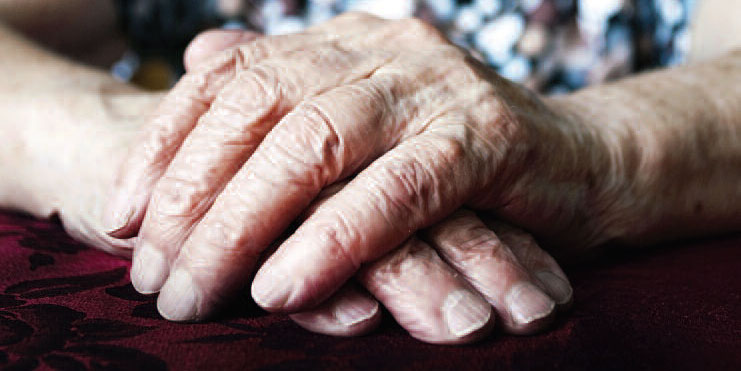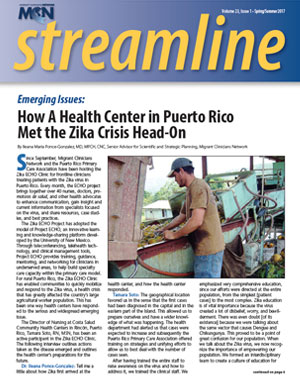Different Countries, Different Diagnoses: Health Network Case Study

By Rob Corona, Health Network Associate
[Editor’s Note: Health Network assures continuity of care and treatment completion by providing comprehensive case management, medical records transfer, and follow-up services for mobile patients. What does Health Network look like for the Associates who work with mobile patients every day? In this article, Health Network Associate Rob Corona leads us through a case he managed last year.]
Out of the dozens of tuberculosis (TB) cases that I managed in 2016, one stands out in my mind. Felicia Diego,* a woman in her 90s from South America, was diagnosed as being positive for active M. Tuberculosis by a health department in the eastern United States. Ms. Diego started treatment in November of 2015 and was enrolled in Health Network because she would be moving back to South America the following week. The enrolling clinic wanted to ensure that the patient would continue with her treatment and expressed a strong concern for this patient given her advanced age.
When I first tried to contact the patient, she was already in South America. I never spoke with Ms. Diego directly. I instead received all information regarding the patient from her daughter, Roma. When I first spoke with Roma, she informed me that upon return to South America, her mother was seen by a doctor at a local hospital who did some follow-up exams and determined that her mother no longer had TB. The doctor told the family that Ms. Diego did not need to continue with the treatment so the patient stopped taking the medication immediately thereafter. Hearing this was very disconcerting for me. From what I had read on her medical records, Ms. Diego had positive Sputum and Culture results, which classified her as a very active case. I consulted our Chief Medical Officer, who affirmed that she definitely needed to continue with her treatment for the full six-month period prescribed by the health department in the US.
The anxiety I felt knowing that this patient with active TB was at risk and that her daughter was under the impression that her mother was fine made a lasting impression on me. I called the patient’s residence no less than 10 times, repeatedly recommending that they see another doctor to get a second opinion. Roma seemed insistent in believing that the family doctor’s negative diagnosis of her mother was correct, despite my relating to her the findings of the US-based health department.
Although it would ultimately be up to the patient and her family to continue treatment or not, I decided to contact the National TB Program so they could be informed of this case. I tried for three weeks to contact various health professionals at the national level via phone and email but they were slow to respond. My anxiety mounting, I asked my superior for advice on how to proceed. She put me in touch with Partners in Health (PIH), “a global health organization relentlessly committed to improving the health of poor and marginalized people.” The group is active in several South American countries, including the patient’s home country, so we decided reaching out to them wouldn’t hurt. Immediately after I sent the first email, I received a reply stating that they would have a member of their team go to the patient’s residence, to see if an in-person dialogue would be of use to the patient and her family. From my desk in Austin, communication with the family was challenging, and I was relieved to hear from PIH that they were successful in communicating with the family in-person, and that the patient had decided to restart treatment. After I received word that the patient was back under treatment, I relied on PIH to relay any updates in the patient’s treatment.
Following a string of emails between PIH and various health professionals in the country, I was told that the patient had been referred to a local health center and that a nurse was making frequent visits to administer Direct Observation Therapy (DOT) to the patient. I emailed our contact at PIH once a month for the next few months so I could continue to receive updates on the patient.
Finally, in December 2016, I was notified that the patient had undergone follow-up exams, was diagnosed as negative for M. Tuberculosis, and had officially completed treatment. I was elated at the news, knowing that Ms. Diego was in good health and that the public health risk had been properly treated. I sent this case to our Chief Medical Officer to review and close the case, after which the enrolling health department here in the US would receive notification of the treatment completion.
*The patient’s name, dates, and other identifying information have been changed to protect the patient’s identity.
Read this article in the Spring/Summer 2017 issue of Streamline here!
Sign up for our eNewsletter to receive bimonthly news from MCN, including announcements of the next Streamline.
Return to the Streamline Spring/Summer 2017 Table of Contents.
